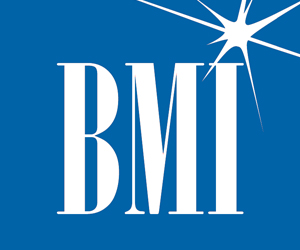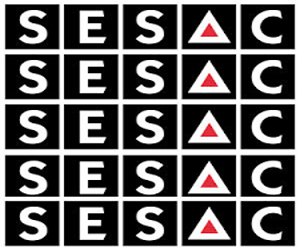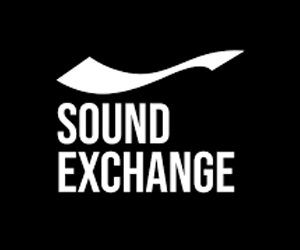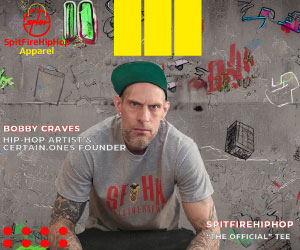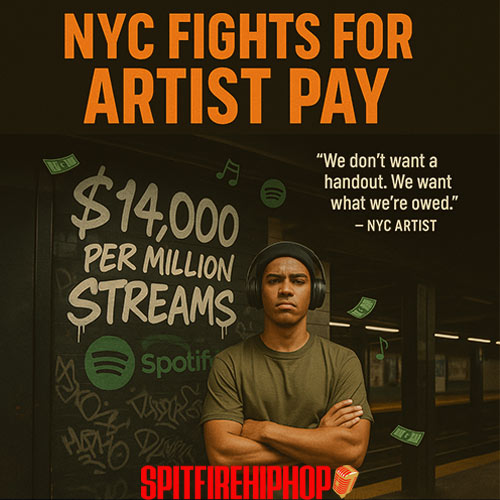
“We don’t want a handout. We want what we’re owed.” — Anonymous NYC Artist
In a bold move that could set a precedent for the entire music industry, New York City is championing a proposal that would guarantee artists $14,000 for every 1 million streams on platforms like Spotify. With the passage of NYC Council Resolution 368, the city has thrown its support behind the Living Wage for Musicians Act (LWMA), a federal legislative proposal that aims to correct what many see as the gross underpayment of artists in the streaming era.
The Problem with Streaming Payouts
Despite the explosive growth of streaming platforms, artists continue to receive a fraction of the profits. Today, Spotify pays artists between $0.003 to $0.005 per stream on average. That means an artist needs to rack up around 250,000 streams just to make minimum wage for a month.
Streaming has become the dominant method of music consumption, yet the revenue model has failed to evolve in favor of the artists creating the content. As a result, the disparity between streaming service profits and artist earnings continues to grow.
The $14K Vision: One Cent Per Stream
Enter the LWMA. The act proposes a fundamental shift: a 50% increase in streaming subscription fees, with the additional revenue going into a new royalty fund. This fund would pay artists directly at a rate of 1 cent per stream, bypassing record labels, publishers, and distributors.
Under this model, an artist would earn $14,000 for every 1 million streams—a dramatic increase from the current average of around $3,000 or less. The funds would be administered by a new agency tasked with ensuring fairness, transparency, and direct payments to music creators.
NYC Council Resolution 368
In July 2024, the New York City Council passed Resolution 368, a symbolic but powerful endorsement of the LWMA. The resolution doesn’t change laws but signals strong municipal support for the federal initiative.
The resolution reads in part: “Artists deserve fair compensation in the digital age, and the City of New York supports federal efforts to make that possible.” The backing of NYC, a global music hub, sends a clear message to Washington and the recording industry.
Who Stands to Benefit?
Independent artists, particularly those not signed to major labels, stand to gain the most from this model. Under the current system, revenue is often split between labels, publishers, and streaming platforms, leaving artists with the smallest share.
By establishing a new royalty that bypasses traditional intermediaries, LWMA would empower artists to retain more of their earnings and achieve financial stability through their craft.
Potential Pushback
The proposal isn’t without its critics. Opponents argue that a 50% hike in subscription costs could lead to user backlash and cancellations, ultimately shrinking the revenue pie. Streaming platforms, which already operate on thin margins, might resist the implementation of a federally mandated royalty.
There’s also the question of logistics: How will the new royalty fund be managed? How will it verify and track each artist’s streams across platforms? These technical and administrative questions remain unanswered, for now.
While the LWMA is still a proposal and not yet law, the support it’s receiving from artists and city governments alike suggests a growing movement. From social media campaigns to viral videos, artists are speaking out against what they see as digital exploitation.
An Instagram reel featuring the $14K proposal went viral in July 2024, with thousands of artists and fans expressing support. The message was clear: Artists deserve a living wage.
What If It Passes?
If the LWMA becomes law, it could radically reshape the streaming economy. Subscription costs might increase, but fans would be directly supporting the creators they love. Artists would have a more reliable source of income. And perhaps most importantly, the act would set a new standard for how we value art in the digital age.
Imagine a world where an independent Hip-Hop artist earns $14,000 from a viral single with a million streams. No label cuts. No shady backend deals. Just fair pay for work rendered.
What Artists Can Do Now
While the law hasn’t passed yet, there are steps artists can take to prepare and advocate:
- Sign petitions in support of the LWMA.
- Contact local representatives to push for similar resolutions.
- Educate fans about what streaming really pays.
- Leverage platforms like Bandcamp, where fans can pay artists directly.
New York City has laid the groundwork for a transformative shift in how artists are compensated. The fight for $14,000 per million streams is not just about money; it’s about respect, sustainability, and the future of music.
As this movement gains traction, one thing is certain: the industry can’t continue to thrive while starving its creators. It’s time to rewrite the rules. And it starts with a single cent.







